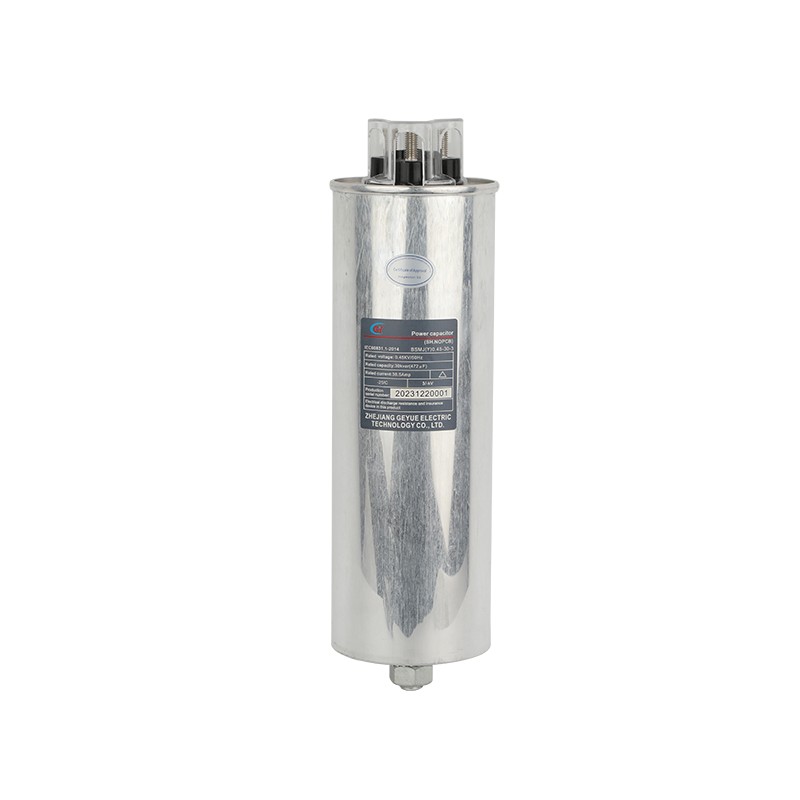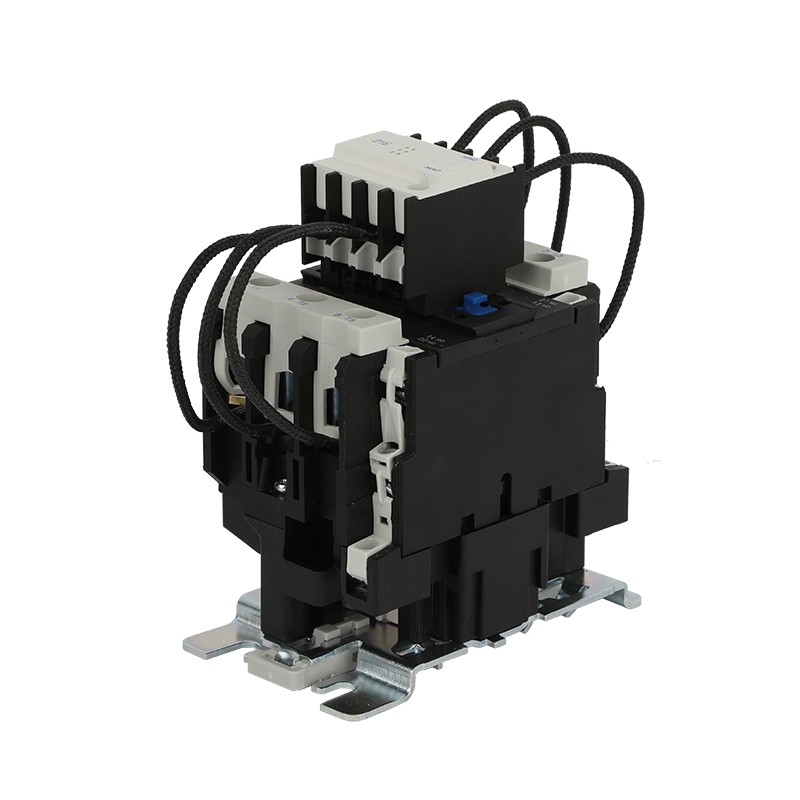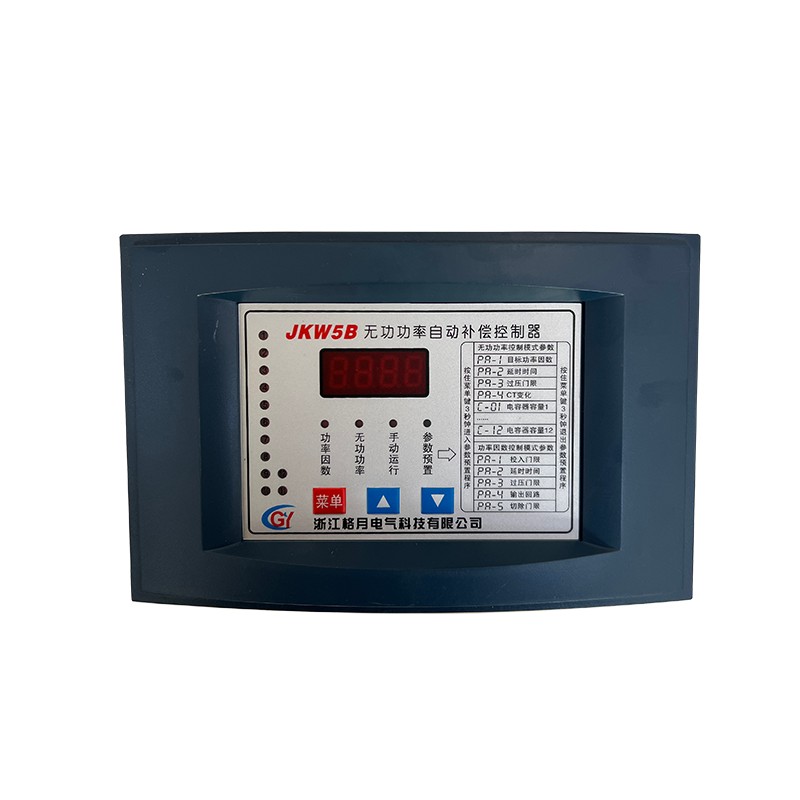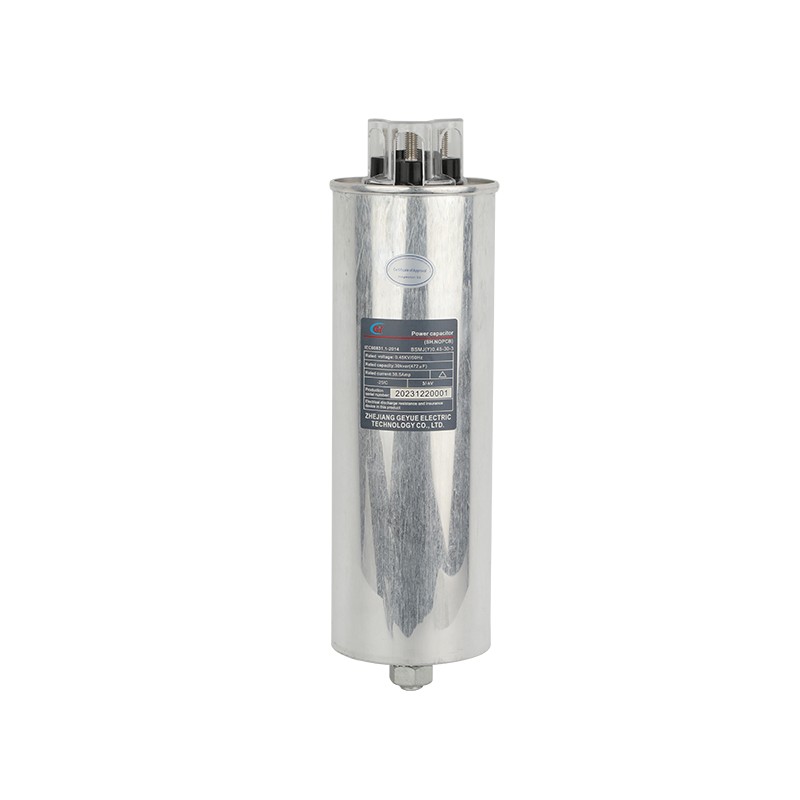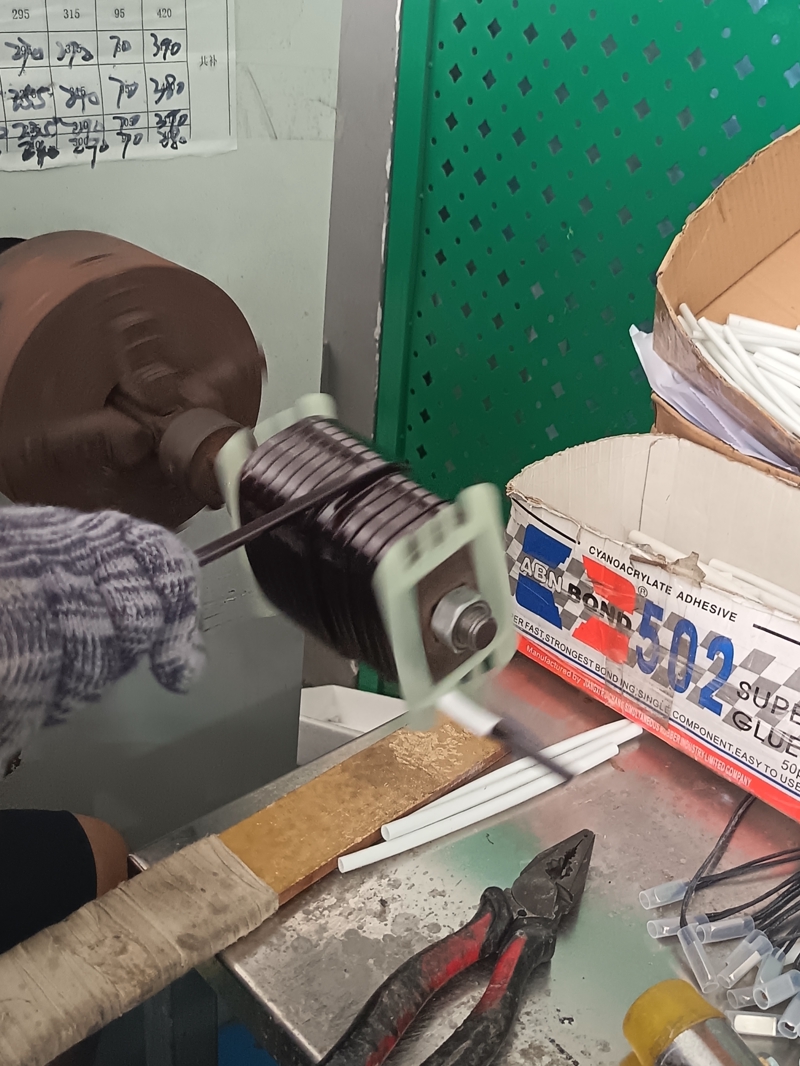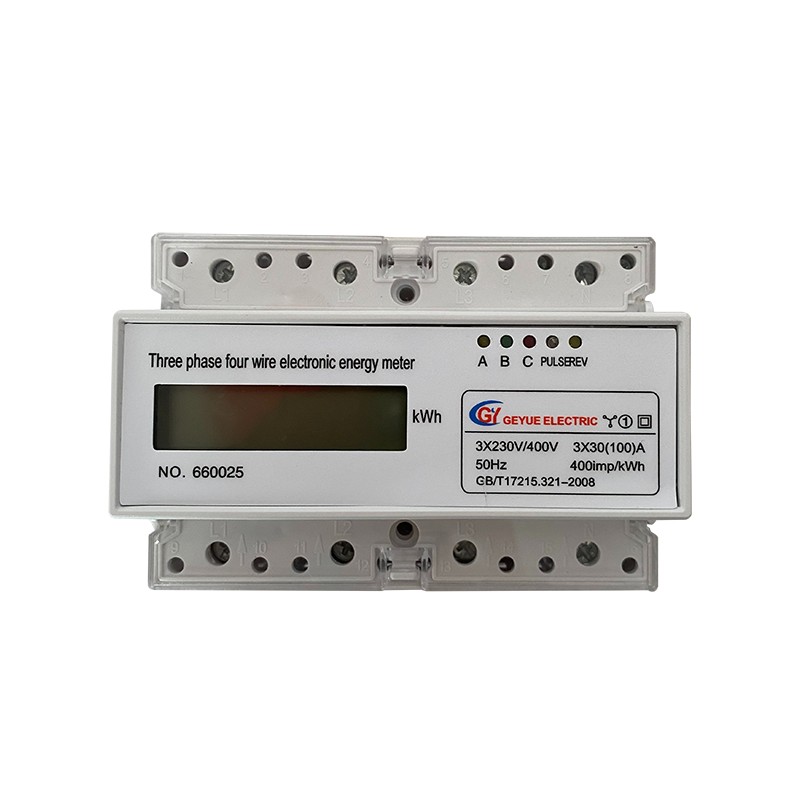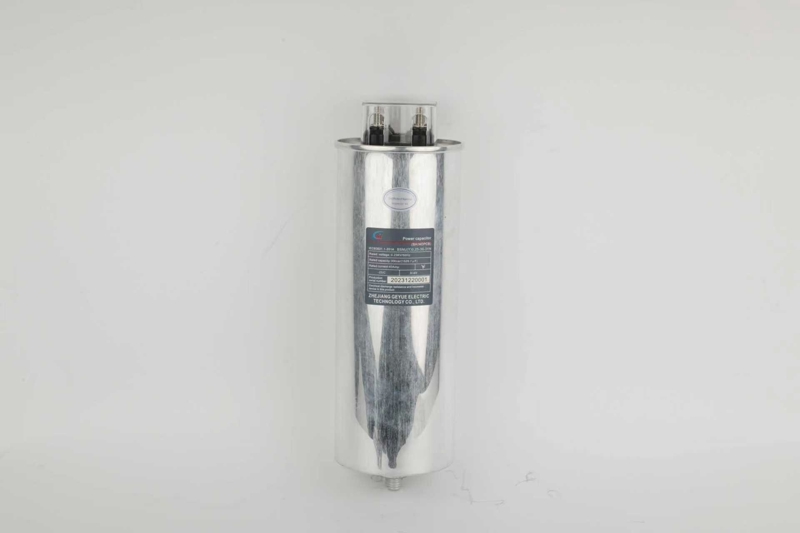How Can the Problem of Excessive Capacitive Reactive Power in New Energy Power Stations Be Effectively Solved?
In the era when the new energy industry is booming at an unprecedented speed, the large-scale grid connection of photovoltaic power stations and wind farms worldwide has brought about an unexpected industry technical challenge - excessive capacitive reactive power. As a manufacturer of low-voltage reactive power compensation equipment, Geyue Electric believes that the problem of excessive capacitive reactive power not only affects the stable operation of the power grid, but also restricts the sustainable development of the new energy industry. In response to this demand, our company is confident that we have the ability to solve this contemporary problem for the new energy industry. This article will deeply explore our solution to the problem of excessive capacitive reactive power from three aspects: the essence of the problem, technical path, and innovative solutions.
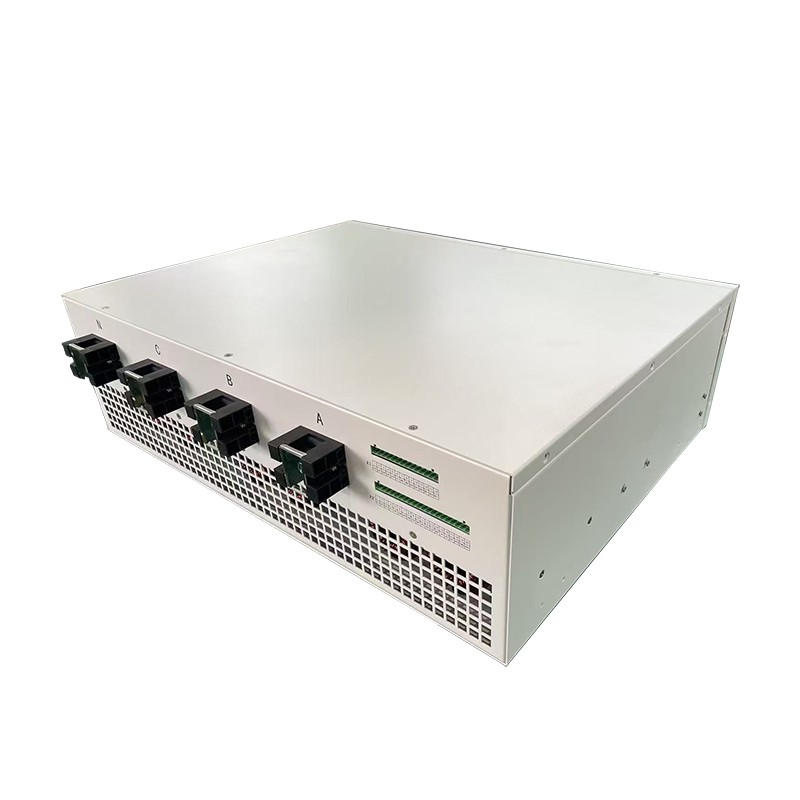
The Essence of the Problem
The problem of excessive capacitive reactive power in new energy power stations lies in the mismatch between their own power generation characteristics and the demands of the power grid. In new energy power stations, photovoltaic inverters and wind turbine generators generate capacitive reactive power when they supply active power. When there is sufficient sunlight or strong wind, the capacitive reactive power generated by photovoltaic inverters and wind turbine generators may far exceed the local grid demand. The excess reactive power can cause the voltage in the power system to rise and even lead to overvoltage damage to equipment.
The problem of excessive capacitance power consumption is particularly prominent in remote areas. Due to the relatively weak grid structure in remote areas and the smaller short-circuit capacity, the voltage fluctuations in the remote grid are more sensitive to the changes in reactive power. The operation data of a photovoltaic power station in the northwest region shows that during the peak power generation period in the afternoon, the station's voltage exceeded the rated voltage by more than 15%, directly causing some inverters to protectively disconnect from the grid.
Excessive capacitive reactive power can also lead to power quality problems. Excessive voltage will accelerate the aging of equipment insulation, increase line losses, and affect the accuracy of metering equipment. At the same time, this situation also limits the power transmission capacity of the power station, resulting in an exacerbation of wind and solar energy curtailment.
Technical Path
To address the issue of excessive capacitive reactive power, multi-level technical measures need to be adopted. The first step should be to optimize the operating characteristics of the inverters from the source. Modern inverters have reactive power regulation capabilities and can reduce capacitive reactive power output through control algorithms, and even absorb reactive power when necessary. This solution is relatively cost-effective, but the adjustment range is limited.
Installing a dedicated reactive power compensation device is the second technical measure that needs to be taken. The traditional capacitor bank can only generate reactive power and is unable to solve the problem of excessive capacitance. However, flexible AC transmission equipment such as static var generators (SVG) can regulate reactive power in both directions, being able to generate inductive reactive power as well as absorb capacitive reactive power. After installing SVG at a coastal wind farm, the voltage fluctuation at the connection point was successfully controlled within ±2%.
The final step, though not the least important one, is the coordination control at the power grid level. Through the dispatching system, the reactive power output of multiple new energy power stations is uniformly coordinated to achieve regional reactive power balance. This solution requires the establishment of a fast and reliable communication system and a complete control strategy. It is technically challenging but has significant effects.
Innovative Solutions
Geyue Electric has proposed an intelligent reactive power optimization solution for the problem of excessive reactive power in new energy power stations. This intelligent solution employs artificial intelligence technology, which can predict the output curve of new energy and the reactive power demand of the power grid 24 hours in advance. Based on these predictions, the intelligent prediction system can automatically formulate the optimal reactive power control strategy. In actual operation, this intelligent prediction system can perform rolling optimization according to the real-time conditions of the power grid to ensure the balance of reactive power.
Adaptive voltage control is another key technology proposed by Geyue Electric to solve the problem of excessive reactive power in new energy power stations. This adaptive voltage control system can monitor the voltage changes in the power system in real time and automatically adjust the output of reactive power compensation equipment accordingly. When the adaptive voltage control system detects an increase in voltage, it will automatically increase the output of inductive reactive power to absorb the excess capacitive reactive power. This adaptive voltage control scheme has the advantages of fast response speed and high control accuracy.
The hybrid compensation system combines the advantages of multiple devices. By using fixed capacitors, reactors and SVG together, it not only ensures the compensation effect but also reduces the investment cost. The fixed equipment undertakes the basic reactive power compensation, while SVG provides rapid and dynamic regulation. After adopting this solution in a large-scale photovoltaic power station, it has reduced the annual lost electricity from photovoltaic power generation by approximately 12 million kilowatt-hours.
The problem of excessive reactive power capacity is a technical challenge in the development of new energy, which requires the joint efforts of equipment manufacturers, power plant owners, and power grid enterprises. Geyue Electric will continue to deepen technical research and provide more advanced solutions for the industry, helping the new energy industry achieve high-quality development. We believe that through technological innovation and engineering practice, the problem of excessive reactive power capacity will be effectively resolved. If your new energy station needs to be supported with a capacitive reactive power compensation solution, please feel free to write to infio@gyele.com.cn.
- What Exactly is the Boundary Between Static Compensation and Dynamic Compensation in the field of low-voltage reactive power compensation?
- Can Cylinder Self-healing Shunt Capacitor Become the Ideal Choice for Reactive Power Compensation in Power Systems?
- Can Three Phase Intelligent Low Voltage Compound Switch Achieve Technological Innovation in Reactive Power Compensation of Power Systems?
- Can AC contactors become key actuators in industrial automation control?
- Can Self-healing Shunt Capacitor Become a Key Support for Smart Grid Construction?
- How Can Multifunctional Meter Lead a New Revolution in Energy Management?

